Affiliate links on Android Authority may earn us a commission. Learn more.
A history of HTC's Android designs
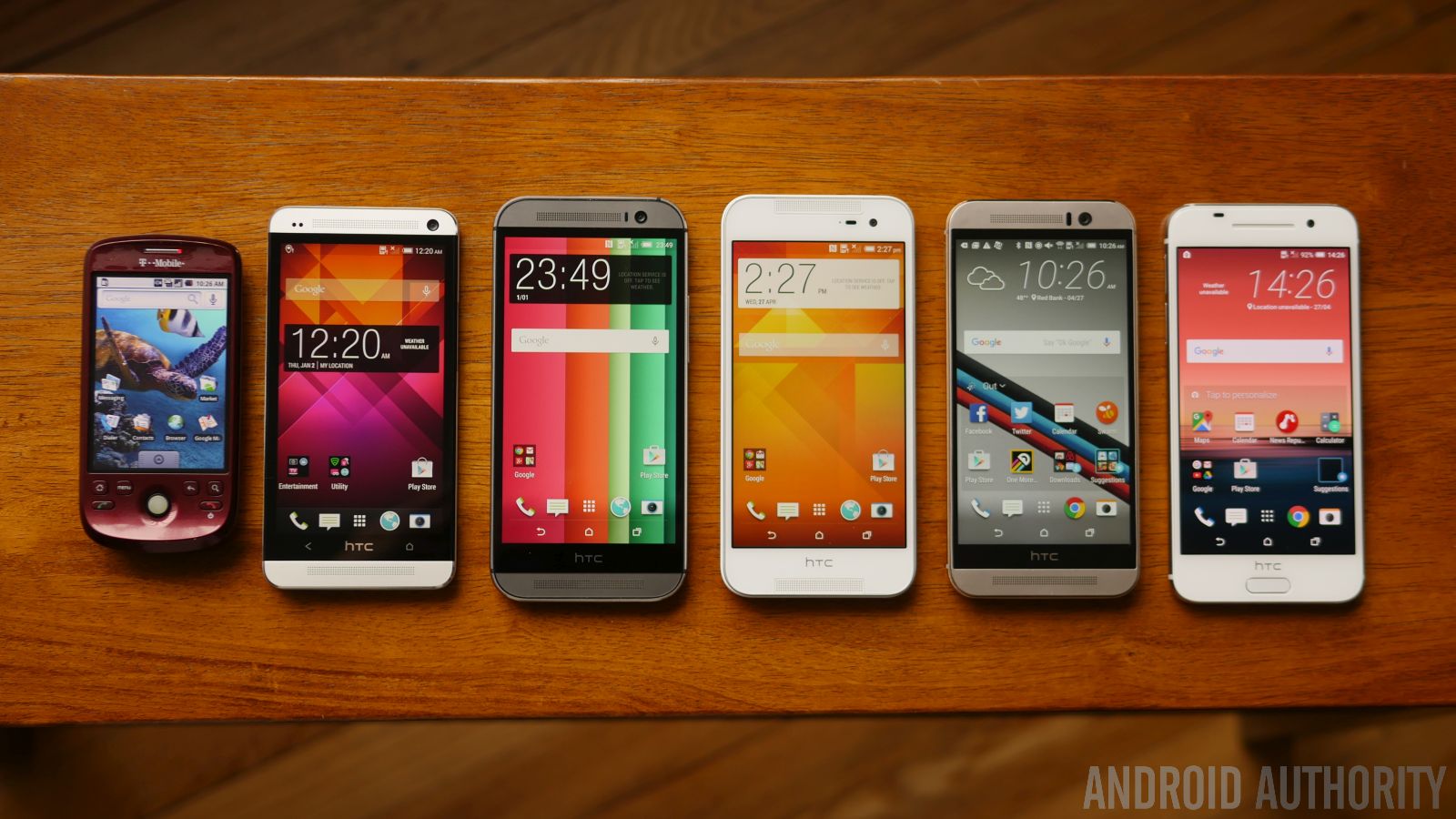
Now that the dust has settled, veteran smartphone maker HTCcan breathe a bit easier knowing that its latest flagship, the HTC10, has been officially announced and is about to take its impending charge into the hands of consumers worldwide. For the company – which has been on shaky ground for some time due to stiff competition – it’s a new direction that’ll hopefully bring them back to good fortunes, to the days when they were largely regarded as the premier force in the Android space.
One of the more delightful aspects of the HTC10 is its updated design, which again is a testament to the company’s meticulous approach when it comes to design. They’ve always been highly esteemed in the industry, producing slick looking devices that have been seared into the hearts and minds of smartphone fans all throughout the world. However, the more we think about the HTC10’s new look, the more it’s made us think about all the memorable Android smartphones HTChas produced throughout the years – how some of them have reshaped things, and others have had us scratching our heads.
With that mind, let’s take a quick look at the history of HTC’s designs!

2008: The birth of Android; a humble beginning
If you don’t know it by now, you should: HTChas been there since the beginning, literally! Being an original member of the Open Handset Alliance (OHA), HTCcollaborated with Google on its Linux-based operating system for mobile phones, to deliver the first commercially available Android-powered smartphone in the HTCDream – also known by many as the T-Mobile G1 – the granddaddy of them all.
[related_videos title=”HTC’s past devices:” align=”left” type=”custom” videos=”624837,596131,566028,538514″]Aesthetically, the QWERTY landscape form factor of the handset might not be in huge circulation nowadays, but it was something seen as a more logical solution for smartphones back them. You can say it looked “cute” with its “chin” sticking out, which went on to became a notable design trait in other HTC phones later on. Another notable thing to point out with its design relates to the hinge used by the QWERTY keyboard, one that didn’t necessarily slide out, but rather, moved in an unconventional arching motion.
The phone wasn’t perfect and doesn’t scream premium by today’s standards, but at the time, its design stood out from the crop to establish Android’s identity from its competition.
2009: Back-to-back slate designs
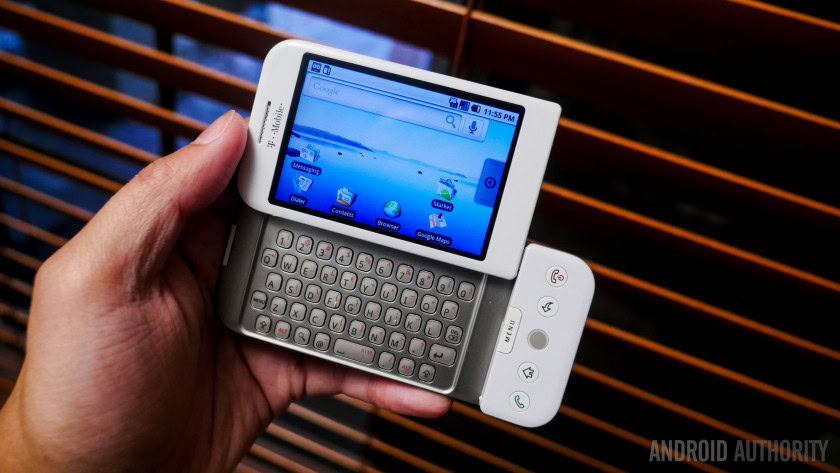
For its second Android smartphone released in early 2009 – the HTC Magic/T-Mobile myTouch 3G – the company simply took the design of the G1 previously, but opted to remove the keyboard – resulting in just a simple looking slate design. Again, the design isn’t grandeur by any means, keeping simple and cute just like before.
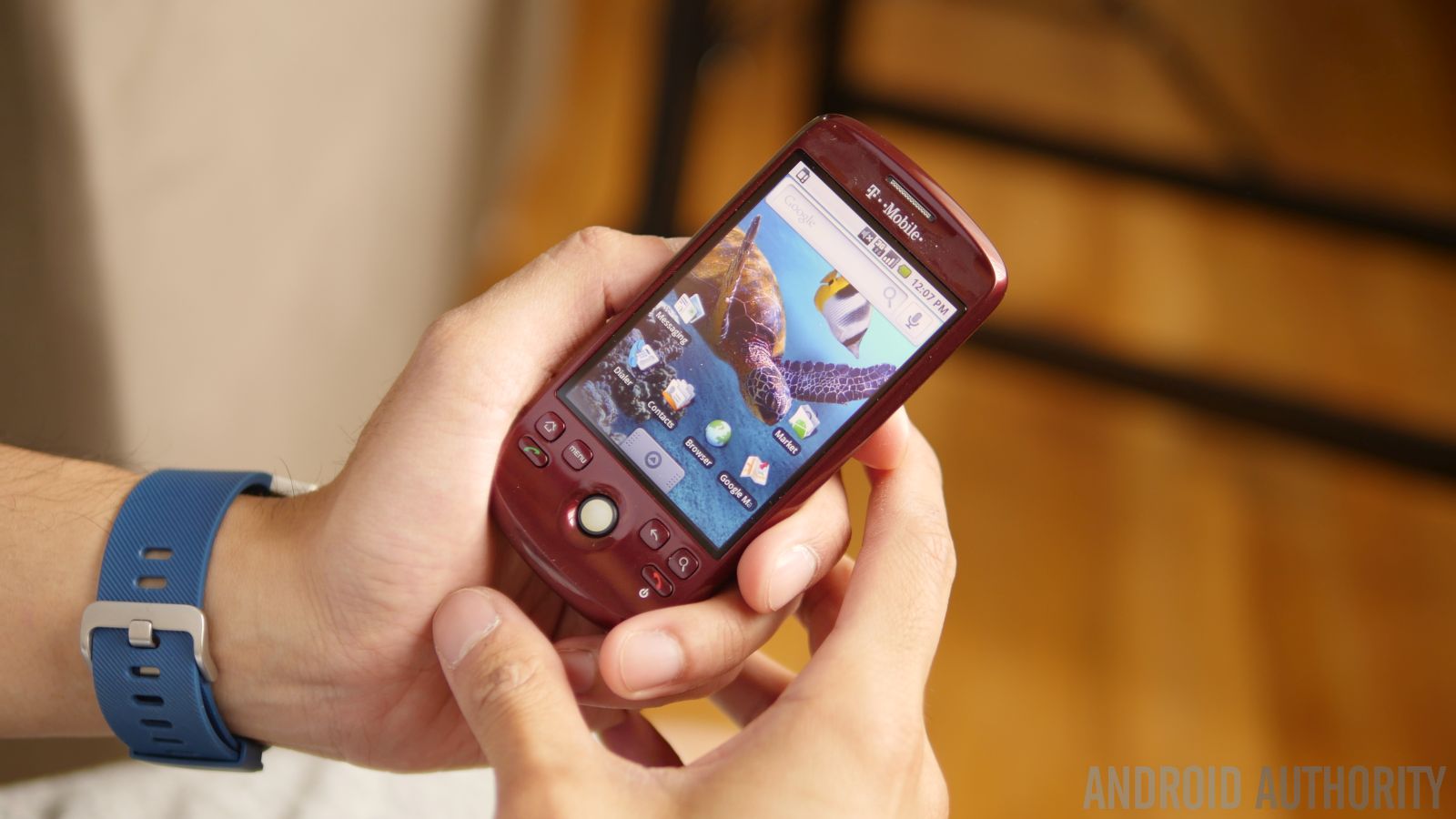
However, towards the end of the year, the company surprised many by coming out with the HTC Hero. While it shares the understated design language of the two previous smartphones, some would consider the Hero to be the device that placed HTCon that path to premium with its one-of-a-kind looks. Its unique design not only pertained to the “chin” it was rocking, but rather, the material that comprised its body. With a Teflon coating, the HTCHero managed to stay clean looking – while also providing a manageable amount of grip.
And crazy to believe it, but the Hero was HTC’s first Android smartphone to feature a built-in 3.5mm headset jack!
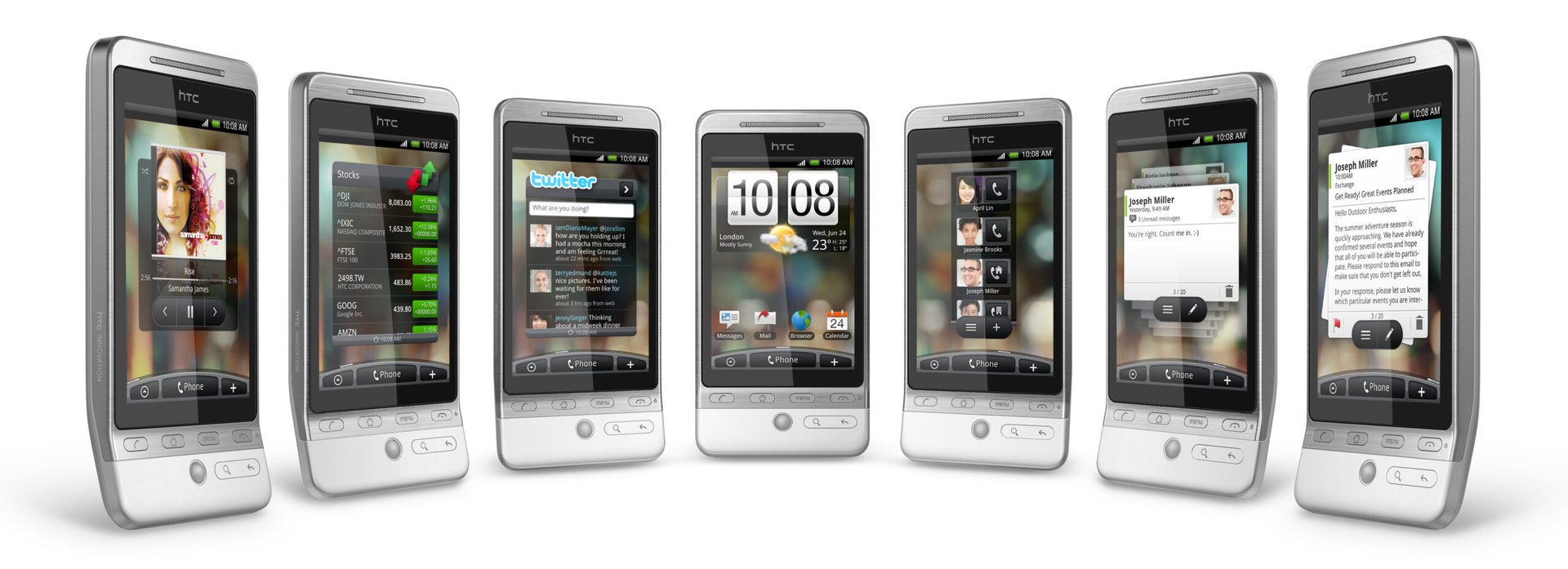
Early 2010: Legendary rise
2010 proved to be a banner year for the Taiwanese company, as the rush of Android smartphones from them were relentless. First and foremost, HTCbrought us the very first Nexus-branded smartphone – the Google Nexus One. This phone was an evolutionary leap for the company in terms of design. Having experimented with Teflon with the Hero previously, HTCstepped up its game with the cleaner, more refined looking Nexus One. You could say that it popularized the notion of “unibody” designs, casings fashioned from one piece of material – in this case, a Teflon coated case to resist dirt and debris.
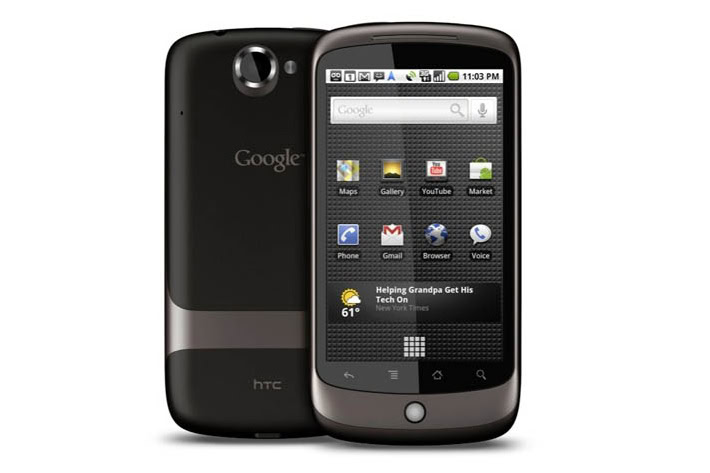
Not long after the release of the Nexus One, HTCcame swinging with a variant in the form of the HTCDesire. It remained faithful to its sibling’s design, but swapped out the trackball in favor of a trackpad – while also fusing a metal frame with a mostly plastic rear casing.
Acclaimed by many to be HTC’s finest effort up to this time, the HTC Legend astounded many with its incredible level of detail and quality craftsmanship. In actuality, the HTCLegend is the true successor to the HTCHero. Opting to go with a body fashioned from one piece of aluminum, HTC’s legendary expertise in design was at its fullest with the Legend. It’s hard to imagine where HTCis currently without paying homage to the HTCLegend.
Mid to late 2010: Becoming more desirable
For the rest of 2010, however, we didn’t see another handset with the same level of prestige that accompanied its early 2010 smartphones. There wasn’t a shortage or anything like that, but the phones released between mid to late 2010 didn’t have the same level of high-quality design. In fact, this was when we began to see the company recycling its designs, some of which even spawned subtle variants.
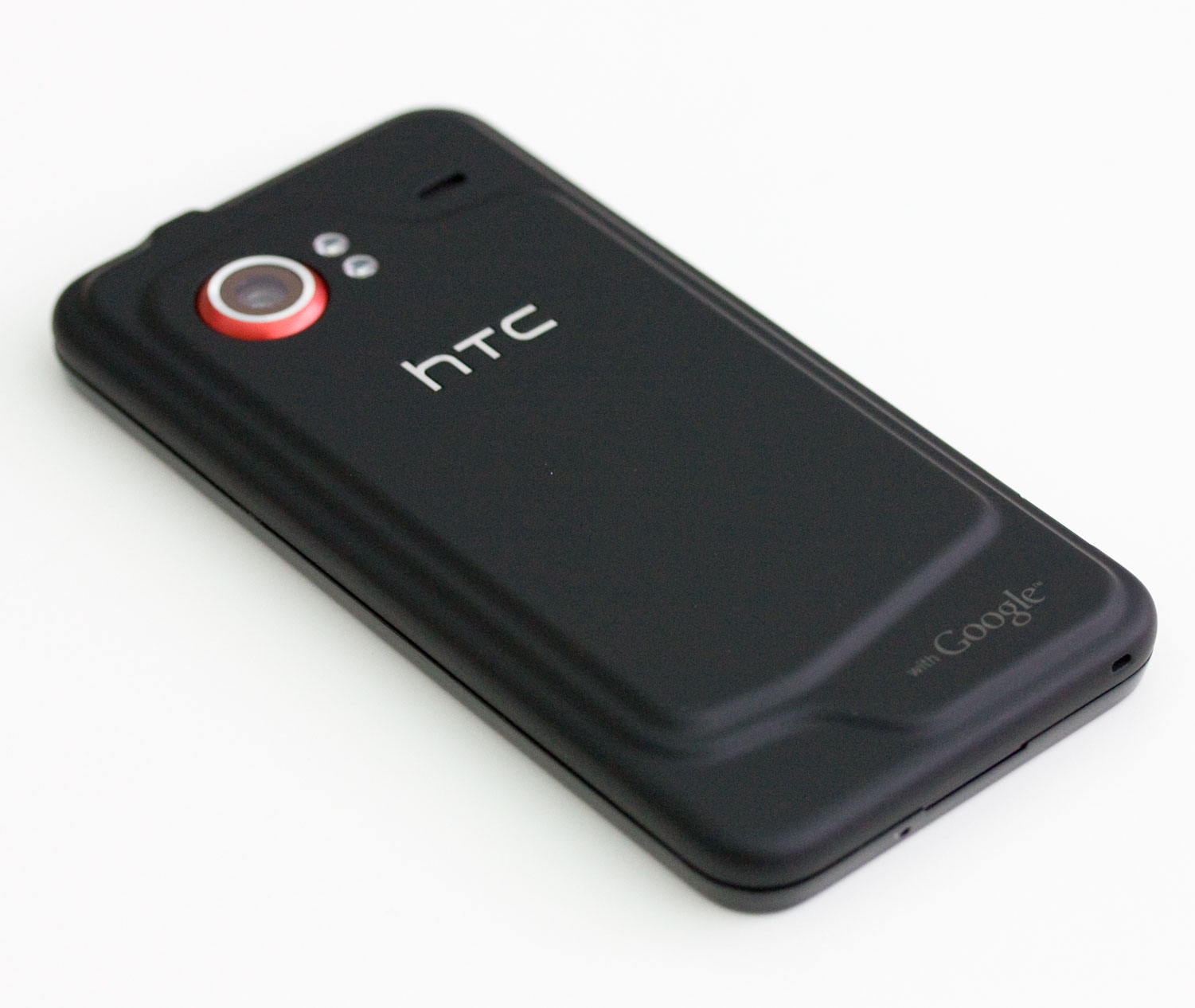
The HTCEVO 4G is a memorable phone, but in HTC’s design history, it doesn’t really rise to the top of the ladder. Yes, it should be pointed out that it was one of the few phones in existence to be released with a built-in kickstand, but nothing else really jumped out with its design. Other smartphones, like the Droid Incredible, Wildfire, Aria, Desire HD, and Inspire, all seemingly weren’t as provocative because you could argue that they all had recycled designs – variations of the original HTCDesire.
Despite the underwhelming options, HTCmanaged to at least end the year with some stunning designs. Both the T-Mobile G2 and myTouch 4G were serious upgrades to their respective predecessors. The G2, in particular, was a far more premium looking and constructed smartphone with an even better keyboard. Conversely, the myTouch 4G also received the same treatment as well. Both handset boasted elements that came from the Nexus One and Desire, so HTCat the very least had a couple good looking smartphones to end 2010.
2011: Sensational and targeting specific demographics
By now, HTChas established itself as the premier smartphone maker that was a cut above the rest with its stunning designs. For 2011, though, we saw HTCkeeping to its Desire design language, as most handsets released throughout the year kept featuring subtle changes. From the HTCThunderbolt and Desire S to the Rezound, and EVO 3D, they all kept to the same theme. Don’t get us wrong, some of them still offered a metal chassis, but there wasn’t anything majorly new and different with them.
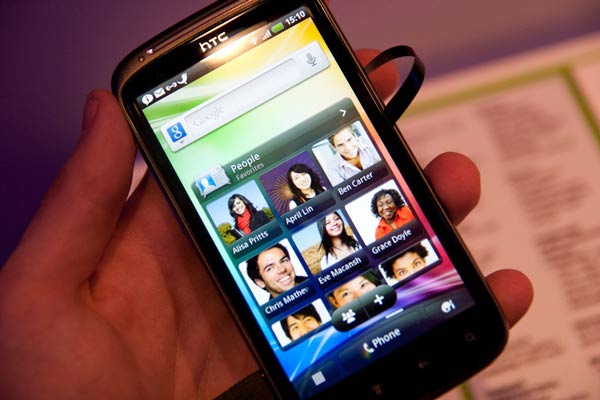
Then a sensation suddenly came along to spice things up! In mid-2011, the HTCSensation was released to prove again that the company was capable of producing something original. While it still shared the principal design elements established by the Desire, the Sensation boasted an evolutionary design that consisted of an aluminum chassis, beveled glass display, and an eye-catching tri-colored pattern design with its rear casing.
Beyond the Sensation, HTCdid manage to experiment by venturing out to other designs for differentiation beyond the Desire-esque looking phones they’ve been kicking out. The HTC ChaCha and Salsa are two examples of that, as these so-called Facebook phones appeared vastly different, as their designs really catered to the teens and tweens demographic they sought after. To HTC’s credit, they weren’t inferior constructed phones, especially the ChaCha, which took after many of the HTCHero’s qualities.
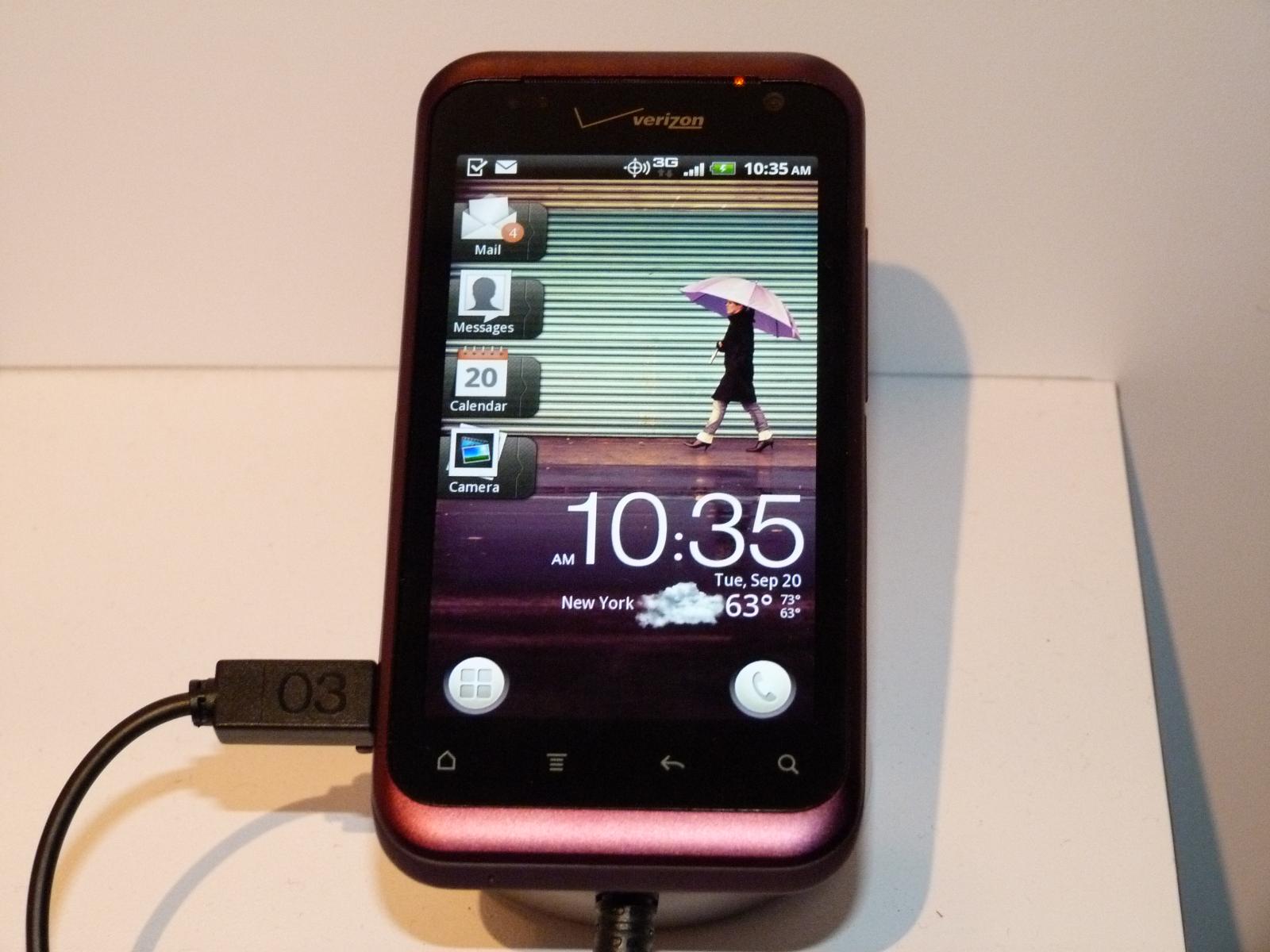
By the end of 2011, HTCtook the approach of catering to specific audiences. If the two Facebook phones weren’t evidence enough, the blissfully designed HTCRhyme cemented that notion, since it was designed for women. Fashioning together characteristics from the Desire and Sensation, the Rhyme was a compact sized smartphone for Verizon that’s arguably most recognizable for its color scheme: plum to be exact.
2012: The shift to polycarbonate
Since Android’s inception, HTChas built a solid reputation of taking a careful and calculating approach when it comes to designs. The evolutionary changes year-to-year have been outstanding, but things were shaken up in 2012, as the company seemingly settled on a franchise name – the One series. The brand new One series was a grand departure from what we saw previously, especially the flagship model in the HTC One X.
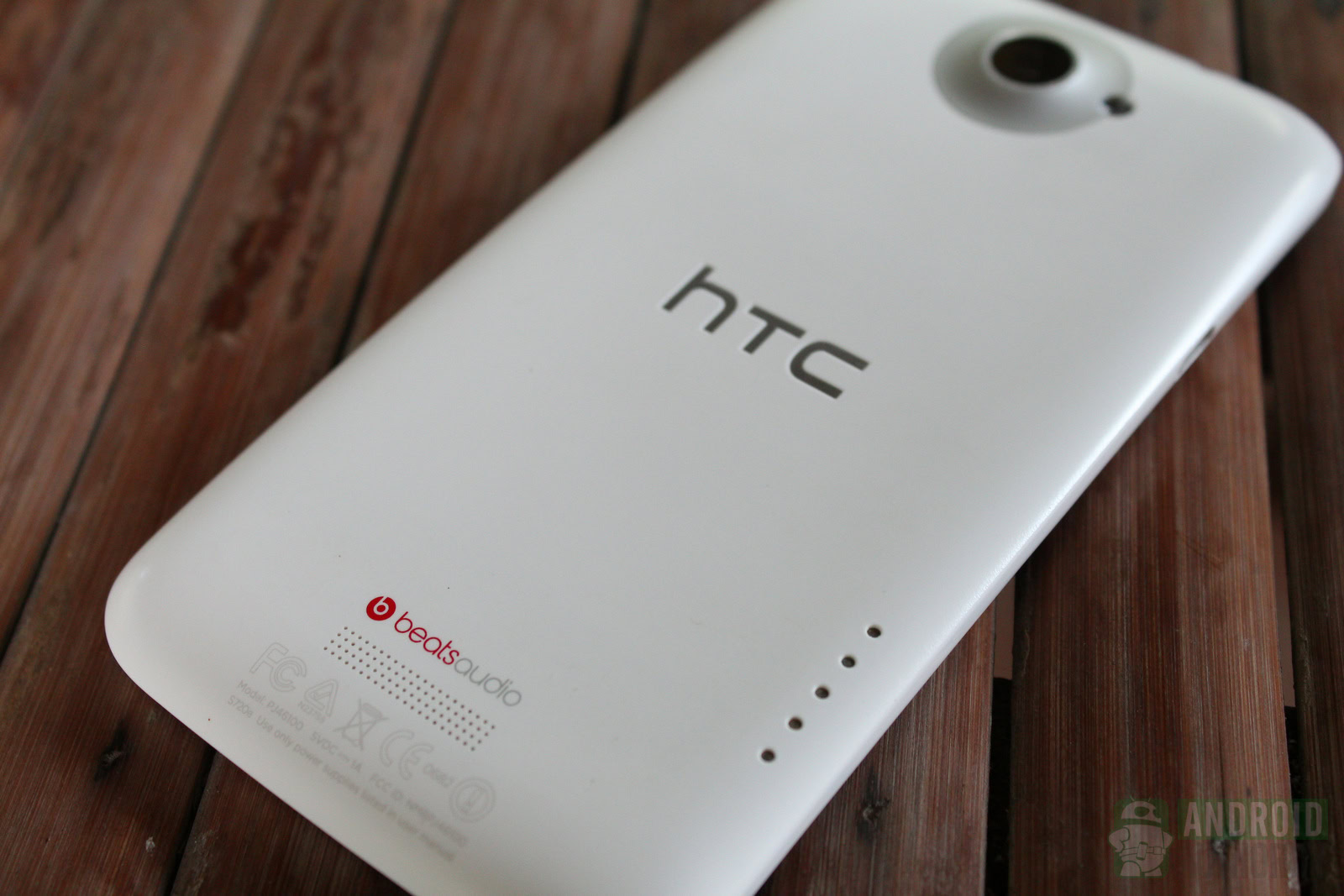
This phone was particularly a shakeup for them, since HTCdecided to go with a curved polycarbonate body – forgoing the usual flatter looking aluminum casings of its previous high-end phones. The result was a surprising one nonetheless, because they still managed to forge an elegant phone that embodied the strict design approach the company has been known for. Metal, however, wasn’t entirely out of the loop, given that the mid-ranger in the series, the HTCOne S, was blessed with a sleek looking anodized metal chassis. In certain instances, some folks regarded the HTCOne S as being superior in design than the flagship One X.
After the big hoopla that surrounded the announcement of its new One series, the rest of 2012 was accompanied by a reserved tone. The Desire line continued to thrive, showing only some minor, iterative changes. In fact, you can say that the Desire line no longer left the same impression it did when it was first introduced, given that many of these new Desire phones were merely low-to-mid range devices with forgettable designs.
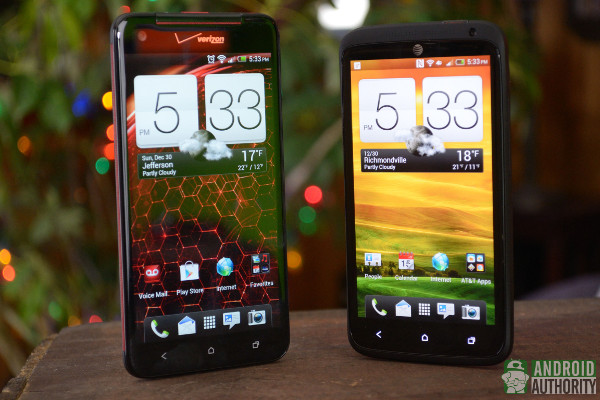
For the backend of 2012, HTCexpanded its One line with the announcement of the One SC, One ST, One X+, One VX, and One SV. All of them, were merely variants of the One series devices the company announced earlier in the year. All of this made people question whether the company was expunged of any new ideas, considering the focal shift from metal to plastic with the One X.
2013: A radical one
After a tepid 2012, the Taiwanese company started off 2013 with what’s arguably its most differentiated Android phone to date – the HTCFirst. Design-wise, its latest attempt at the all-inclusive Facebook phone was a stark contrast to what HTChas been doing since Android’s birth. Sporting a cleaner, more minimalist design, it doesn’t try to be as flashy or premium as its previous efforts. Some of its key design changes include its flush camera, in comparison to the rather big, protruding lens that stood out on HTC’s other devices, and a flat rear casing with a soft touch matte finish.
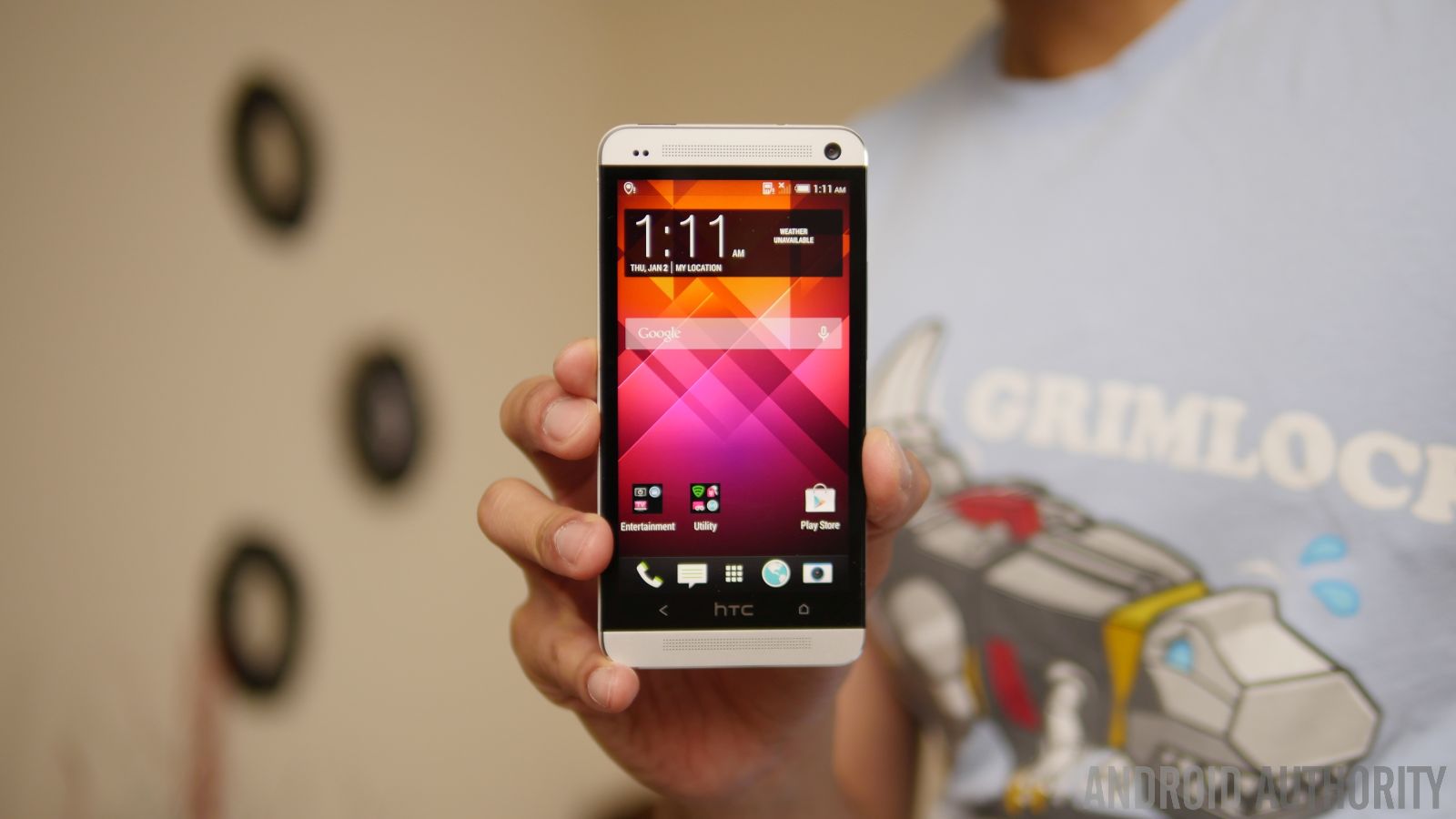
The most radical design in HTC’s history came with the HTCOne’s arrival, codenamed the M7. Many people will certainly agree that this was HTCfinest looking phone, adopting a new premium design language that would be the foundation for years to come. Having been exposed to declining revenues, due to the emergence of Samsung’s rise to the top of the Android world, HTCdelivered what’s arguably one of the all-time best designed phones in history: the HTC One (M7).
Using polycarbonate as the main component in its previous flagship, the HTCOne went back to a more premium design language with a body made out of aluminum. This, naturally, gave the phone its premium feel, as many phones at the time still continued to be constructed out of plastic. Not only was there that sense of premium, but the way it curved provided an ergonomic fit in the hand. Furthermore, new additions like the micro holes comprising the earpiece and speaker, gave the phone a symmetrical appearance like nothing before it.
Impressively enough, the HTCOne’s (M7) design can still hold up today, showing to us how designs can carry a phone very far.
Nothing else really stood out in HTC’s lineup for the rest of 2013, sad to say. Indeed, its Desire line continued to show strong support outside of the US, but none of them managed to reach the same level of success as the HTCOne (M7). And that’s probably why the company decided to only release two other phones in the new One series – the HTC One mini and One Max. As their names imply, they were merely size variants of the HTCOne, but we should point out that the HTCOne Max was the company’s first Android powered phone to come with a fingerprint sensor.
2014: Sticking to the one design
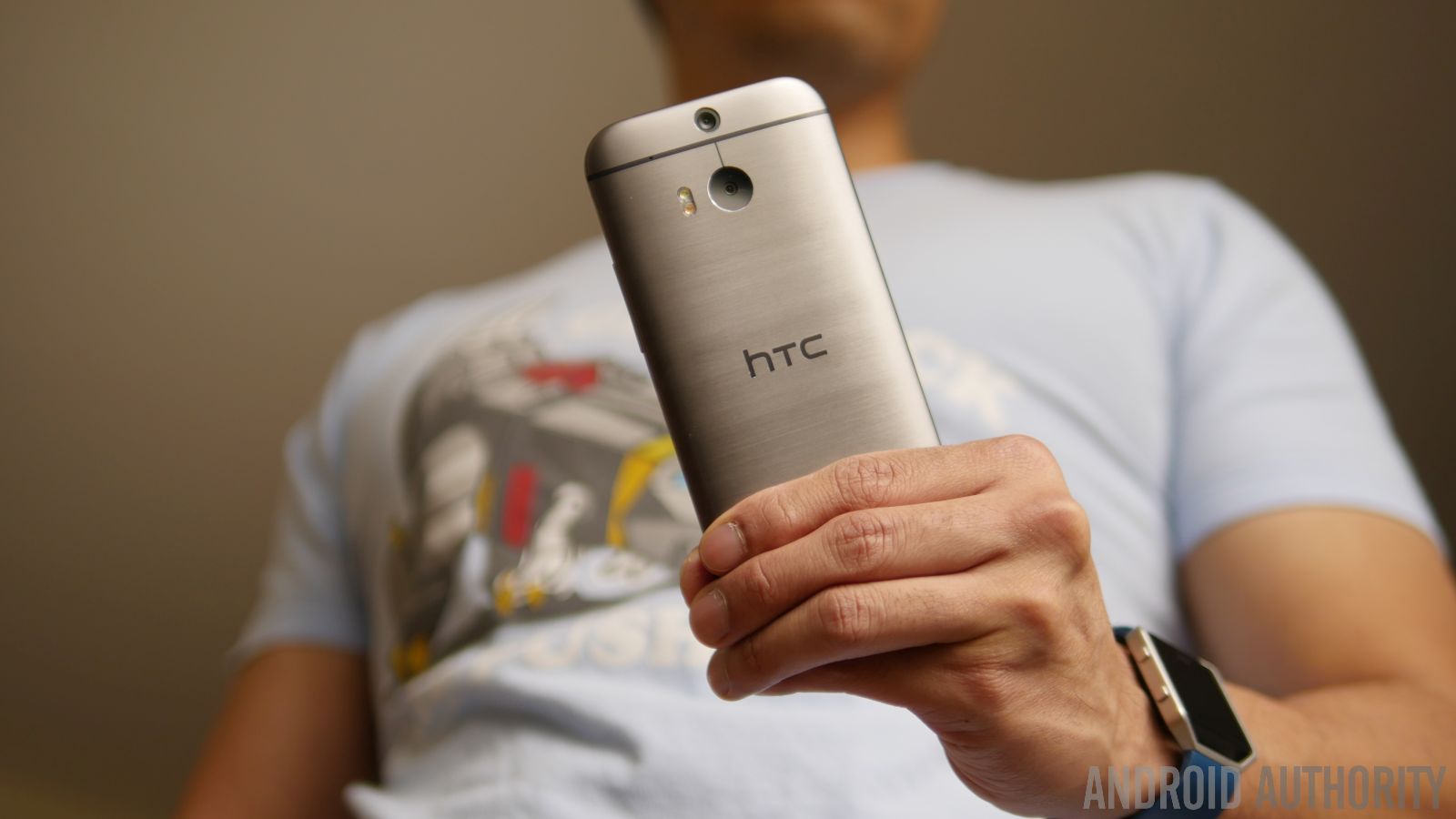
At this time, HTC’s redesign with the One (M7) from the previous year proved to be quite a hit amongst consumers – so its eventual successor made some minor, iterative improvements. Sporting the same unmistakable metal body, one that now comprised 90% of the phone, the HTCOne M8 featured edges that were more rounded, on-screen buttons (as opposed to the capacitive, dedicated ones from before), and a polished finish to accentuate its premium industrial design.
[related_videos title=”HTC One M8 in video:” align=”right” type=”custom” videos=”596037,591241,416736,367924,363816,363430″]While it wasn’t an overhaul, the M8 did manage to become a pleasantly designed phone worthy of being the M7’s successor. Well, you could say that the minor changes were probably overshadowed by the fact that the M8 featured a new Duo camera system. Besides that, though, the M8’s industrial design helped to keep it in good standing throughout the year.
Hard to believe, 2014 ended up being one of the slowest years for HTCwhen it came to product releases. Scaling back in comparison to previous years, the company announced a few variants of the M8, as well as devices in its Desire line. Most of the Desire handsets released in 2014 again didn’t offer new designs. Regardless of that, the next notable change in HTC’s design history came with the release of the HTC J Butterfly (also known as the HTC Butterfly 2 in other markets).
We can agree that the Butterfly 2 wasn’t nearly as stylish as the M8 from earlier in the year, as it swapped out the metal body for a polycarbonate one, which some view as a response to the water resistant construction of the Samsung Galaxy S5 at the time. Therefore, the HTCButterfly 2’s design appeared lukewarm in comparison to the premium look of the M8. Even without the premium attachment, it showed us that HTCwas willing and able to design a water resistant phone – choosing to compromise with a polycarbonate body to gain the feature.
2015: Flatter results
Hard times of late didn’t make 2015 an eventful year for HTC. Samsung and Apple continued their dominance in the market, and other emerging players in the space – LG, Huawei, and Motorola – managed to keep pace. As for HTC, the company scaled things back even more by announcing even fewer smartphones than ever before.
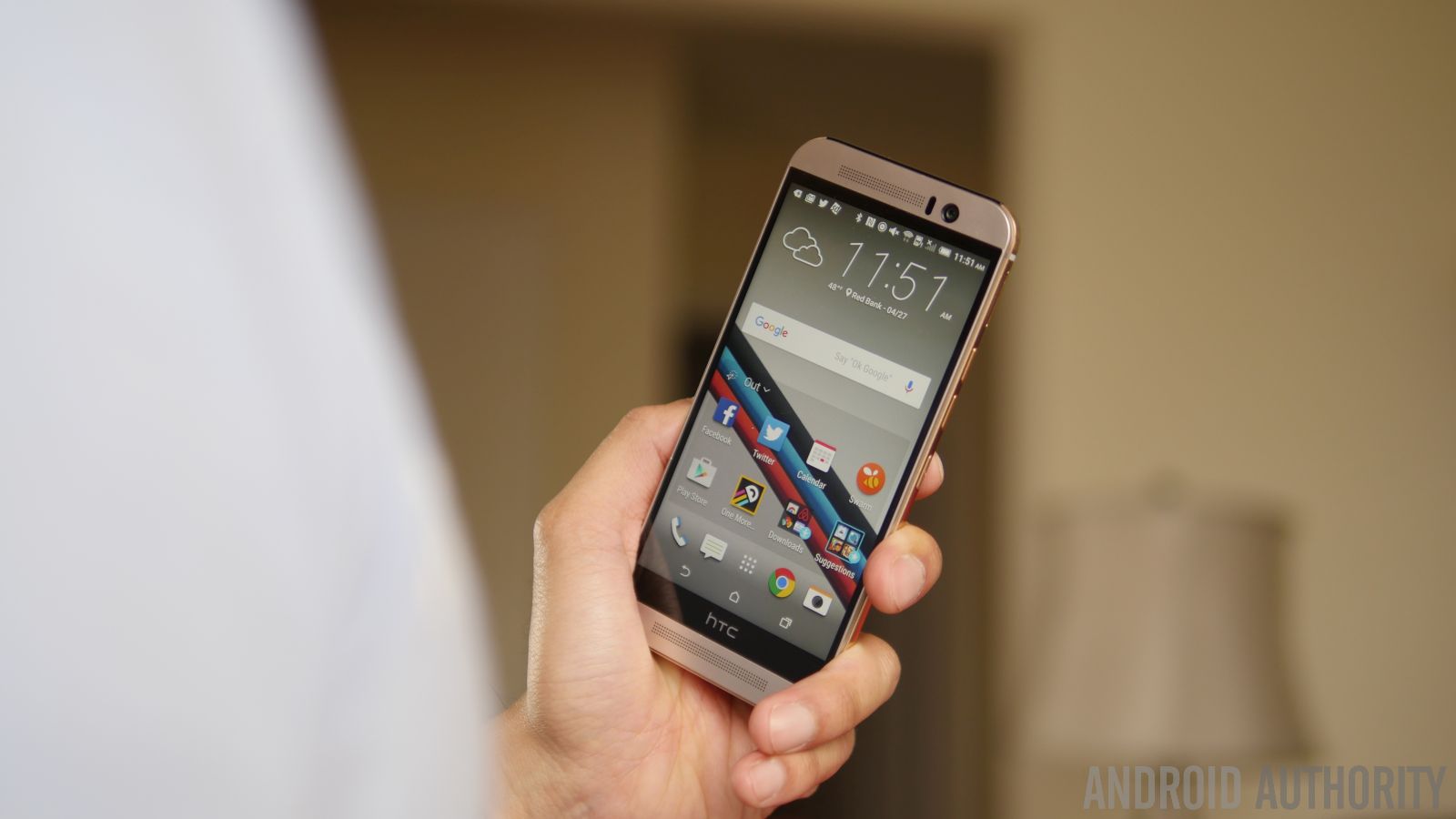
Out of the bunch, the first notable one to arrive was the HTC One M9. Sadly, though, its design wasn’t as widely acclaimed as its previous efforts, due to probably how some viewed its design as a step back for them – as opposed to being a step forward. True, it shared the same design as the M8 before it, but there wasn’t anything profound enough to make it as memorable as other efforts. The changes to it were minimal at best, such as the jewelry grade dual-tone finish of the body.
[related_videos align=”left” type=”custom” videos=”624837,604007,596131,591241,591239,591234″]Unlike previous years, the One line didn’t receive the same size mini and max treatment, but rather, the company simply made slight hardware alterations to the phone – resulting in the One E9+ and One M9+. At the same time, the Desire line was still alive and well, choosing to favor designs that were more fun and colorful to target millennials that don’t want to spend a huge fortune on a phone. These millennial-centric phone included things like the HTCDesire 520, 526, and 626.
It wasn’t until late 2015 when we saw another major design shift, when the HTC One A9 was introduced as low-cost premium alternative. Many critics panned the One A9 for resembling the iPhone, but we can agree that it shares a lot of characteristics with its previous flagship phones. Unlike them, the One A9 boasts a smooth metal chassis that was uniformly flat for the most part, but not as aggressive in its styling.
Considering the low-cost starting price of the phone, in comparison to the usual $600+ price attached to most flagships, the HTC One A9 was the poster child of premium design without the premium cost (at least in the US; for those outside the US, the One A9 was exceptionally overpriced).
2016: New beginnings
The last few years haven’t been kind for HTC, a company that was poised for success when they launched the very first Android powered smartphone. We’re nearing the halfway point of 2016, and HTCwent back to the drawing board with its latest flagship smartphone – the HTC 10.
[related_videos align=”left” type=”custom” videos=”689768,687622,686764,686286,686278,685961″]The design is yet another testament to the company’s legendary reputation, producing a slick looking, original design. Drawing inspiration from the previous flagships in the series, as well as the recently launched A9, the HTC10’s design is a refreshing one because of the distaste left by the M9 the year before.
Flaunting one of the thickest beveled edges outlining the phone, it actually helps to give the phone a unique looking silhouette that’s unmistakable. While it’s tough to say how this design compares to the other memorable ones put out by the company, it’s nonetheless a favorable one, rich with the qualities anyone can accept for a high-end, flagship smartphone.
Where next for HTC?
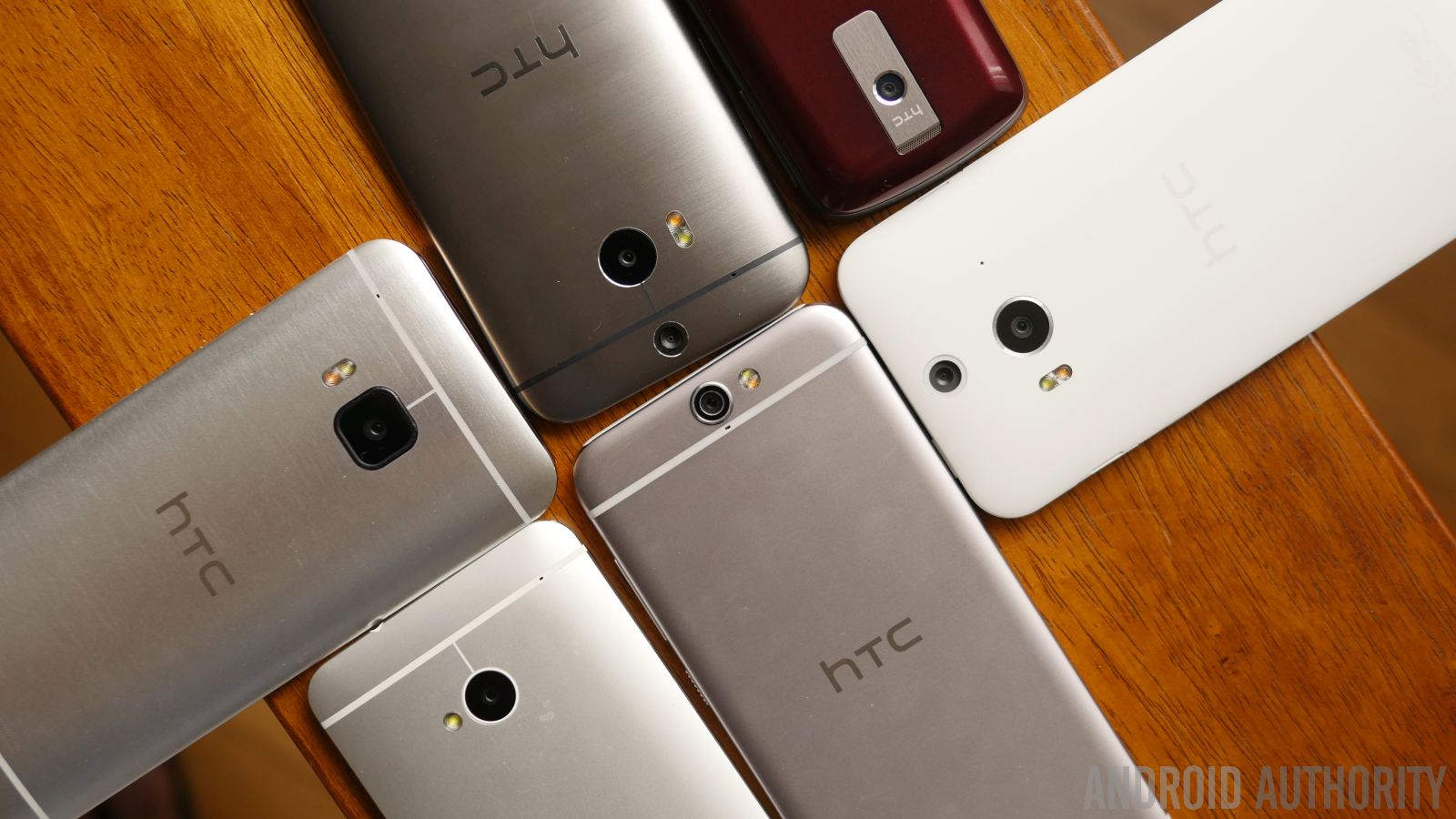
With a pedigree that’s as old as Android itself, HTCcertainly understands smartphone design but the combination of poor strategy and ever-increasing competition from Samsung and Apple, means HTCis no longer the giant it once was. The HTC10 certainly has enough to compete against other flagships but whether it’s enough for HTC, remains to be seen.
What design will HTCadopt going forward? What does the future hold for the Taiwanese company that’s been around from the very beginning of Android? Can HTCrediscover its old magic to inspire millions of customers to buy its phones? All of this and more will be answered in the months and years to come.
Which HTChandset do you think has the best design and what do you think the future will hold for HTC? Let us know your views in the comments below guys!